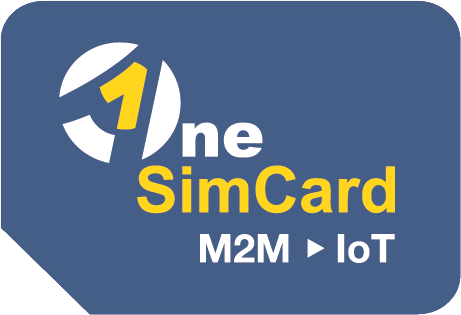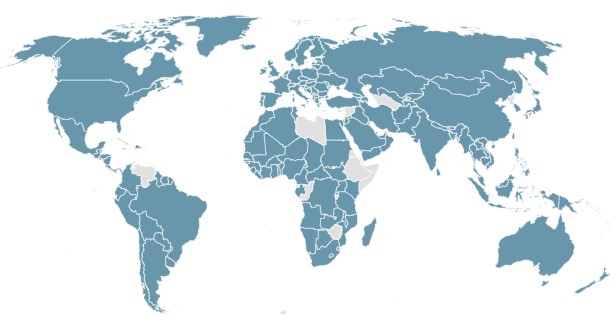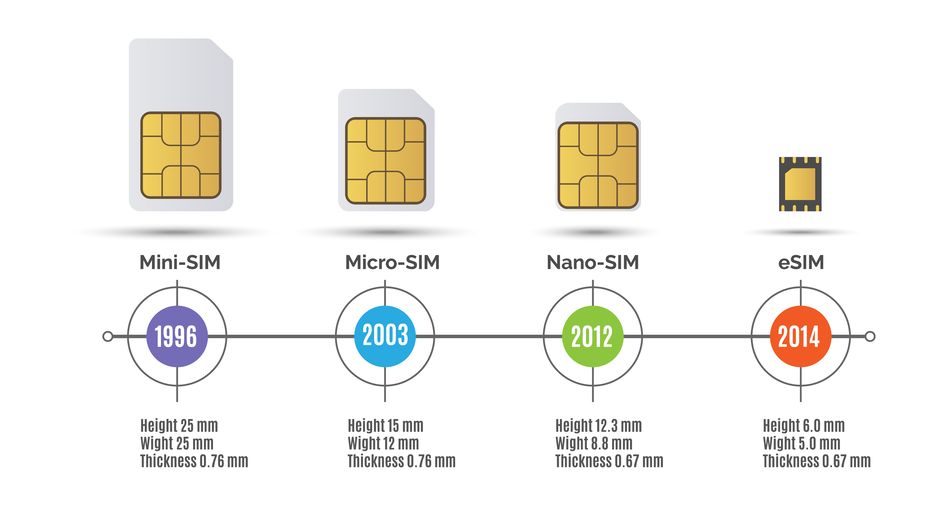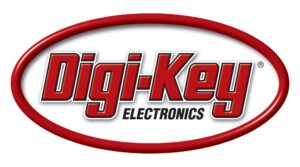
We are excited to introduce you to our new IoT SIM card type: the BITW. We have been working feverishly over the last 18 months to find new connectivity partners and integrate the selected partners into our cloud-based portal. When selecting new partners, we took many of the suggestions/requests our customers have made like getting access to NB-IoT technology. You may have heard this was coming, but the time has come to officially announce this amazing service.
OneSimCard IoT BITW SIM Card features:
1) Multi-IMSI, Multi-Carrier, No Steering SIM Cards offering build-in redundancy and reliability virtually anywhere in the world.
2) Much Lower Costs in many countries and in many instances (depending on the expected data consumption) the cost of data is more than 1/2 of our “old” SIM cards. Rates start at less than $0.01/MB;
3) More Form Factors. OneSimCard IoT BITW SIM cards are available in 2FF, 3FF, 4FF, MFF2, and eSIM
4) Fully Functional including Private Static IP addresses, IPSec VPN, Private APN, Alarms, API’s (coming by the end of July), Portal SMS & much more;
5) New Features including the ability to view the IMEI of the device in which the SIM is installed, and an alarm available to notify you if the IMEI is changed (IMEI lock is also still available);
6) More Network Protocols Including NB-IoT. The new SIMs support 2G, 3G, 4G (Full LTE, Cat M, Cat M1, & NB-IoT) & 5G.
7) Flexible Plan Types. Just like our “old” SIM cards, OneSimCard IoT BITW SIMs are available for both Pay-As-You-Go (PAYG) and Pooled data plans. The PAYG plans are more flexible and much lower per MB rates than our “old” SIM cards. The Pooled plans are still customized to your needs. The possibilities are infinite!;
8) Same Familiar Portal. The BITW SIM cards are also using our OSCAR SIM management portal so there is nothing new to learn. Currently, we can do single sign-on through a Parent/Child structure, but we are working to allow single sign-on without a Parent account;
9) Continue Using APN “send.ee”. The BITW SIM cards will still be using the APN send.ee so you don’t need to change any device settings if you decide to change to the BITW SIM cards. If you have a Private APN, we can usually get those added as well.
10) MUCH More International Coverage. The BITW increases the global footprint of our IoT offering to more than 200 countries and territories. Check out the coverage below:

So what is happening with the “old” SIM cards? We will continue to support and stock the old SIM cards for the foreseeable future. You can continue to use them as you do today, and order additional “old” SIM cards. We did stop stocking any SIM card type ending in “E” These SIMs cannot be replaced 1-for-1 or ordered new. They will continue to work as normal, though. These SIMs can be replaced with TCNS-C SIM cards, or other KITW SIMs not ending in “E.”


 Digi-Key Electronics
Digi-Key Electronics